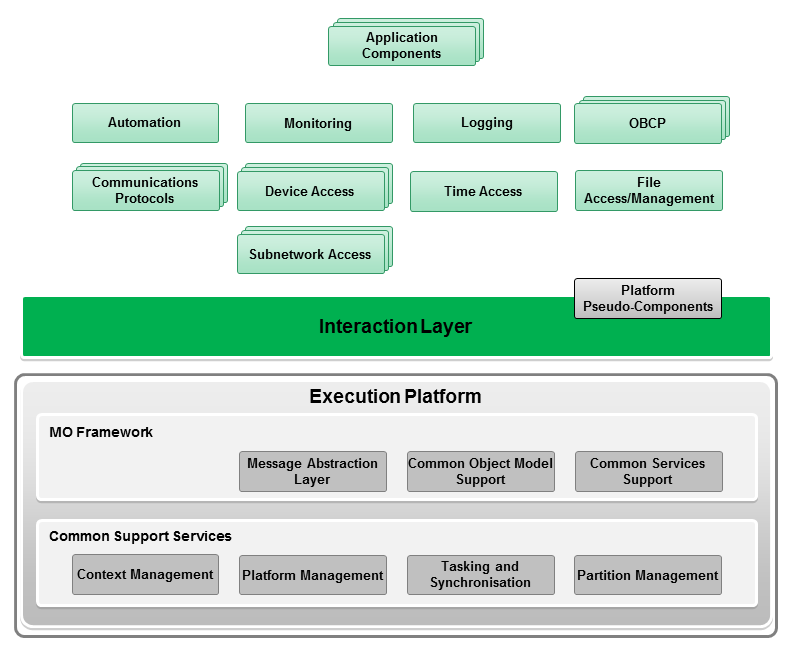CCSDS MO Services, CCSDS SOIS, and SAVOIR for future spacecraft
CCSDS MO Services, CCSDS SOIS and SAVOIR for future spacecraft
Contractors: Bright Ascension (GB), RHEA (BE), OHB (DE)
ESA Budget: 400kE
TRP: T708-403SW YoC: 2016
Background and justification
This activity studied three software technologies currently under standardization in the Flight and Ground software domain: CCSDS Mission Operations (MO) Service, the SAVOIR Onboard Software Reference Architecture (OSRA), and CCSDS Spacecraft Onboard Interface Services. The study examined their relationship with each other, potential issues and conflicts, and the ways in which the technologies could be combined into a single harmonised architecture.
Objective(s)
- Consolidation of the user needs and requirements which were driving the development of the three technologies
- Derivation of a single harmonized architecture and analysis of its impact on the operability concept for spacecraft today
- Develop an executable prototype system and draw lessons to improve the applicability and consistency of the constituent technologies.
Achievements and status
Objectives have been reached. The study showed the possibility to adopt aspects of the proposed harmonised architecture progressively in today’s Ground and Flight software.
Benefits
- The benefit of taking an end-to-end view of Software, considering both Ground and Flight segments together is to improve the global efficiency and the operability of systems.
- The distributed nature of a Mission Operation system, with a unifying model, could offer value in achieving this end-to-end view:
Next steps
- Adoption of Mission Operation (MO) Service Specifications across both Ground and Flight segments. A first step should implement MO services on Ground relying on the Packet Utilization Standard (PUS) implemented in the Flight segment.
- Cross fertilize MO and OSRA for a global architecture.
- Consolidation at CCSDS level to ensure that the basic aspects of MO services are fit for the purpose.















 Germany
Germany
 Austria
Austria
 Belgium
Belgium
 Denmark
Denmark
 Spain
Spain
 Estonia
Estonia
 Finland
Finland
 France
France
 Greece
Greece
 Hungary
Hungary
 Ireland
Ireland
 Italy
Italy
 Luxembourg
Luxembourg
 Norway
Norway
 The Netherlands
The Netherlands
 Poland
Poland
 Portugal
Portugal
 Czechia
Czechia
 Romania
Romania
 United Kingdom
United Kingdom
 Slovenia
Slovenia
 Sweden
Sweden
 Switzerland
Switzerland



























